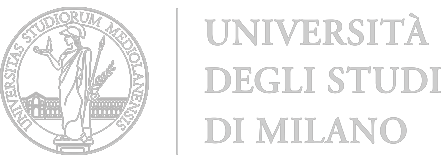Authors: Joana Batista, Inês Almeida, Carlos Smaniotto Costa, Marluci Menezes
C3Places Lisbon Living Lab allowed to reflect on the potential and bottlenecks in digital co-creation with teenagers. The labs revealed the importance, of clear messages, goals and expectations, shared from the beginning.
Such messages have to encompass what is going to happen, why is it happening, when each task has to be performed, which results are expected and what are the benefits for participants.
In Lisbon, the labs revealed teenagers’ have a weak urban literacy and low spatial representation skills, and difficulties in identifying own needs and expressing ideas for public spaces, but the theme sparks interest in most of them and the interactive activities provide a forum for learning about urban space and share experience of teenagers use of space and needs.
For this reason is important to assess the knowledge, abilities and motivations of the target participants, and harness their full potential to actively participate in co-creation of public open spaces. To assess the success rate and overall satisfaction with the labs, a short questionnaire was distributed at the end of the last session asking students to indicate the perceived learning effect. The results flutuate between a high satisfaction and a disatisfaction, in line with the general observation made during all sessions; while a group of students showed interest and conducted lively the discussion, another small group remained apart, even not reacting to a direct request to express their ideas or opinions.
While in the questions related to personal experience with collaboration and exchange of ideas, the agreement with statements was low, the ones related to learning effect by taking part of the workshops the agreement was higher.
This can be analysed as a positive benefit for increased knowledge gained by this type of participative methodology.
In this respect, it is noted that the living labs were inserted in the daily school activities, and the school board selected the classes that participated in the two phases.
The willingness and readiness to get involve in digital co-creation may be different than when students can choose on their own to participate.
The second phase of labs with teenagers tested the potential of using digital devices in co-creation of public open spaces. Tablets were provided for the participants and facilitators recommended the use of digital tools for collection and discussion of ideas and general group work.
The use of this devices may be benefitial to allow for more interactivity in co-creation. For digital co-creation, devices and tools should be provided and integrated in the proccess, efficiently and logically.
In Lisbon, results highlight a important role of digital co-creation to increase the awareness on placemaking and provide opportunities for teenagers (and other groups) to discuss different needs on public spaces. That discussion is a crucial one in urban planning, since public spaces are common goods and everyone should be able and encouraged to use them and share them with others.
